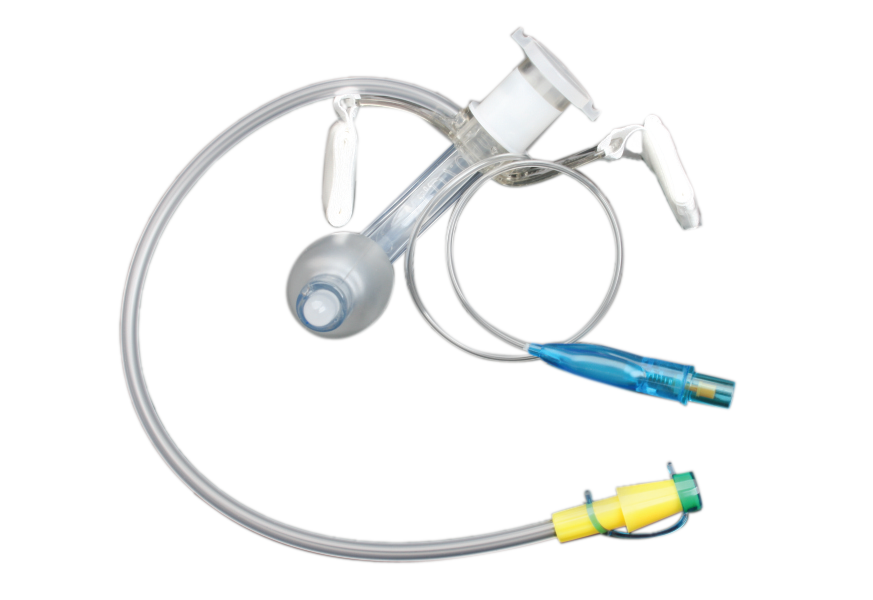
A suction-plus tracheostomy tube is a tube that is inserted into the trachea (windpipe) to help keep the airway clear. The tube has a suction port that can be used to suction out mucus and other secretions from the lungs. The tube also has a drainage port that can be used to drain excess secretions from the lungs. The tube is placed under the skin and is held in place with stitches. The tube can be left in place for several weeks or months.
| Ref. No.: | Size: | Qty. Cs: |
|---|---|---|
| NMR100731 | 6.0 | 100 |
| NMR100736 | 6.5 | 100 |
| NMR100741 | 7.0 | 100 |
| NMR100746 | 7.5 | 100 |
| NMR100751 | 8.0 | 100 |
| NMR100756 | 8.5 | 100 |
| NMR100761 | 9.0 | 100 |
While suctioning is a common and necessary part of tracheostomy care, it can be time-consuming and difficult to do properly. If you're caring for someone with a tracheostomy, you may be interested in learning about suction-plus tracheostomy tubes. These tubes are designed to provide continuous suction of subglottic secretions, making suctioning easier and more effective.
A suction-plus tracheostomy tube is a tube that is inserted into the trachea (windpipe) to help keep the airway clear. The tube has a suction port that can be used to suction out mucus and other secretions from the lungs. The tube also has a drainage port that can be used to drain excess secretions from the lungs. The tube is placed under the skin and is held in place with stitches. The tube can be left in place for several weeks or months.
The tracheostomy tube is inserted through a small incision in the neck and into the trachea (windpipe). The suction-plus tracheostomy tube has a suction port that can be used to continuously suction subglottic secretions. The tube also has an inner cannula that can be removed and replaced as needed.
There are many benefits to using a suction-plus tracheostomy tube, including:
1. Continuous suction of subglottic secretions.
2. Reduced risk of aspiration pneumonia.
3. Improved airway clearance.
4. Reduced need for suctioning.
5. Easier access for suctioning.
6. Reduced trauma to the trachea and surrounding tissues.
Yes, there are risks associated with using a suction-plus tracheostomy tube. These include the risk of infection, bleeding, and damage to the trachea.
If you or your child has a suction-plus tracheostomy tube, it is important to know how to properly care for the device. Here are some tips:
1. Keep the suction-plus tracheostomy tube clean and free of debris. Clean the tube with soapy water and a soft cloth. Rinse well and dry with a clean towel.
2. Inspect the suction-plus tracheostomy tube regularly. Check for cracks, leaks, or other damage.
3. Change the suction-plus tracheostomy tube when it becomes damaged or when the doctor tells you to do so.
4. When suctioning secretions from the tracheostomy tube, be careful not to suck up any air. This can cause the tracheostomy tube to become blocked.
5. Store the suction-plus tracheostomy tube in a clean, dry place when not in use.